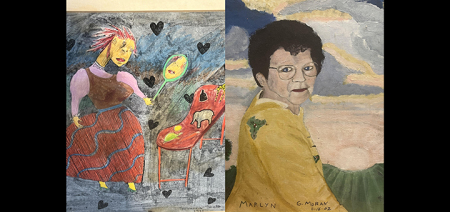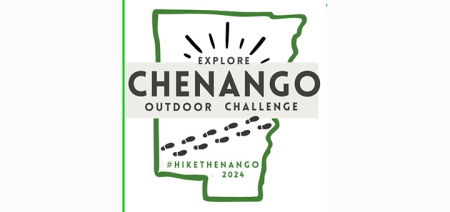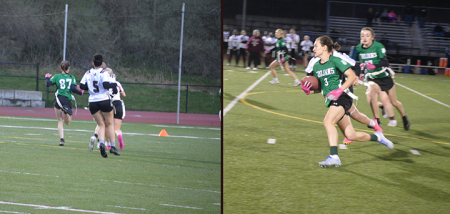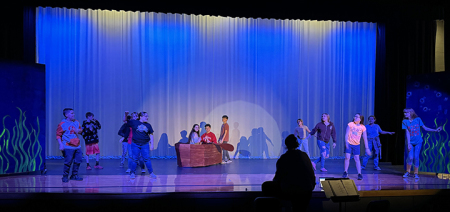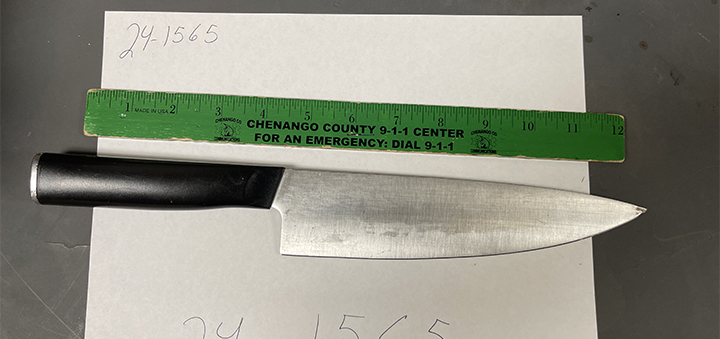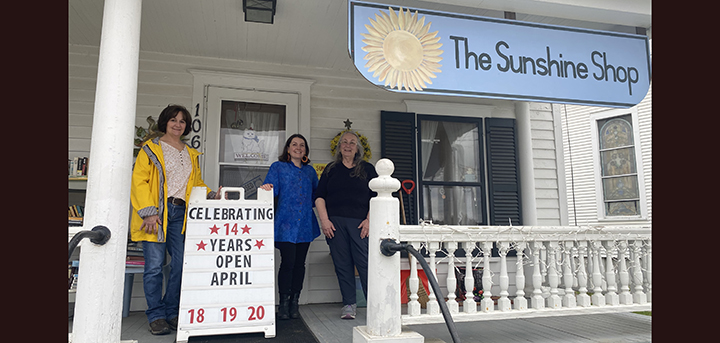The R3 Initiative, Getting Someone Outdoors Can Spark A Lifetime Of Love For It
Published:
July 20th, 2017
Eric Davis
Mayhood's Sporting Goods
Submitted Photo
CHENANGO COUNTY – Anyone who has hunted, fished, or trapped for at least the past decade or longer will tell you the demographics of the outdoorsman has changed.
One of the more notable changes is that there are more outdoorswomen than ever before. Female participation in shooting activities is one of the fasted growing areas in the outdoors world. This has forced almost every outdoors company, whether they make firearms, bows, or clothing, to start offering female-focused products.
Another change that isn’t such good news is the average age of outdoor enthusiasts is growing. It may not seem like a big deal because people get older so the average age should get older. However, it is a big deal because you should anticipate new, young people to start participating each year to offset that increase in average age and to replace older participants who either quit participating.
This supports the notion that less youth are participating in outdoor activities than compared to the 'good old days.' Some of the more commonly blamed factors for this include parents working more, so they have less time to take kids outdoors – video games or other electronics consume their free time, among others.
It is likely that multiple factors combine to influence a child’s likelihood of participation. While the main focus usually seems to focus on youth because they are the 'next generation,' getting adults to start participating in outdoor recreation is also important.
With the rise of the average age of outdoors enthusiasts, there has been the start of programs across the United States in hopes of combating this problem and getting more people to start and continue to engage in outdoor recreation. There has been three major stages identified in the 'becoming a sportsman' process; they are recruitment, retention, and reactivation.
Their implementation has become known as the R3 Initiative.
Recruitment is the earliest phase in the process and includes things such as, seeing a family member hunting – or another outdoor activity – and becoming interested in it or going to a gun club for an outreach event.
Other events included under the recruitment phase include, sportsman education courses, shooting days at gun clubs, and a person’s first outing as a hunter.
From here, the transition to the retention phase begins.
Retention is just what the word means, getting the person to continue hunting after their first outing. This can include, interactions with family members who hunt that encourage the hunter to keep hunting – or friends that hunt. The retention phase is often overlooked because the focus is to get the person to start hunting, but after finally getting them to go, we let them figure it out.
This is when someone can have a negative experience that turns them off from hunting for good. Sometimes all they need is reassurance from someone who has been there in order to stick it out longer.
When it comes to getting youth participants to stay involved, mentored hunt programs have been designated as the most effective method. In this method, hunters are paired with an experienced adult who teaches them all aspects of hunting over a longer series of time than just one outing. By having the continued interaction, it keeps the new hunter engaged and interested if the mentor can keep them in good spirits about how things are going.
The third R, reactivation, is a slightly different aspect as it focuses on getting people who started in the past but stopped. Common examples of this include people who stop after having children, joined the military and don’t resume hunting after their service, or lose a loved one that they hunted with and don’t feel the same going without them.
Reactivation can be a difficult step because it is hard to reach people who stopped participating. One of the more popular activities that tailor to the reactivation portion of the R3 initiative are veteran-focused events.
These events offer to take veterans out fishing or hunting through a mentor-hunt style format. This get veterans in a group with other veterans where they can talk to other people who have had similar experiences while also getting the opportunity to participate in outdoor recreation again – or for the first time for some of them.
Sometimes another way that gets people reactivated in the outdoors, is when their child gets old enough to participate and they want their parent to go with them.
The R3 Initiative has become a top priority for many outdoors focused groups. It is part of the Save the Habitat, Save the Hunt mission of the National Wild Turkey Federation with a goal of creating 1.5 million new hunters in the United States over 10 years. They feel that it is so important that every state has at least one coordinator – New York has two.
Pheasants Forever has advertised for a Hunting Heritage Program Manager, who would work on the getting the R3 message spread to local chapters. Even some state natural resource agencies – the department of natural resources or fish and game – have started hiring people to try to implement the R3 Initiative in their state.
While it may seem like the R3 Initiative is a large task that might be far away, it’s not. Local gun clubs help hold youth focused events such as fishing days or youth hunting weekend events. I would guess that nobody would be turned away for wanting to help get greater participation in hunting, fishing, or trapping.
If you don’t feel comfortable going there, try to think of someone you know who has a child that might not get exposed to the outdoors without a little help from a mentor. Even if it’s only for a day or two, you can help create the spark in that person’s love the outdoors.
– Mayhood's Sporting Goods
Comments

